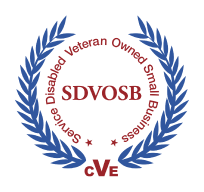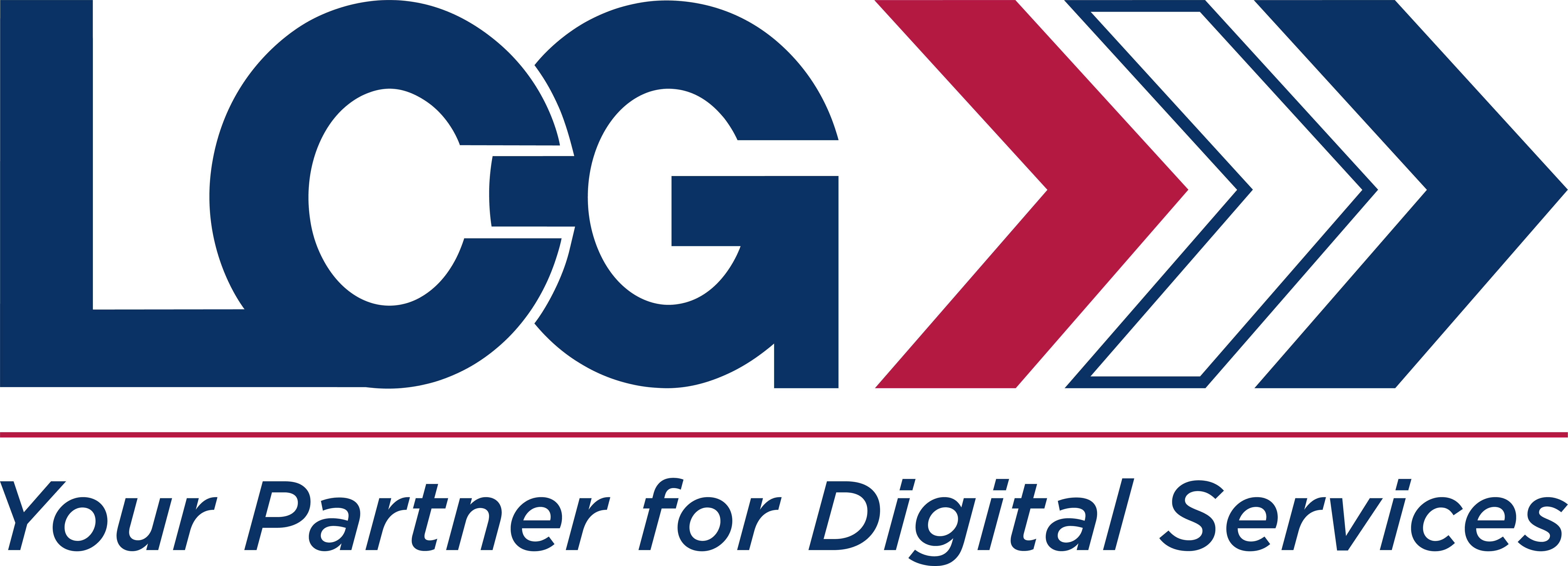Austin
Austin Digital Forensics I LCG Global
Address:
306 Morton St. Richmond, TX 77469Latest Blog in The eDiscovery Zone
Beyond Automation: Why Human Judgment Remains Critical in AI Systems, Part 1 – The Human Gap
Series context. This is the first installment of Beyond Automation, a multi-part examination of the cross-disciplinary risks that arise when organizations remove humans from AI-enabled decision systems. This installment establishes the core concepts and frames the risk landscape for the articles that follow. [1]
The Rise of “Hands-Off” AI and the Illusion of Safety
Artificial intelligence has reached a maturity point where many organizations believe the technology can operate independently, even in contexts involving legal exposure, public safety, cybersecurity defense, and investigative accuracy. This belief is reinforced by automation trends across industries that assume machines will make fewer mistakes, operate more consistently, and eliminate human bias.
Yet autonomy does not equal reliability. When AI is deployed without meaningful human oversight, invisible failure modes proliferate. These failures rarely resemble the dramatic system crashes of traditional software. Instead, they manifest as subtle distortions of judgment, quiet misclassifications, and unquestioned outputs that accumulate over time. These outcomes can compromise legal defensibility, operational stability, and organizational accountability.
The Mindset Shift – Part 4: The Anatomy of an Active Threat Event
Series context. This is Part 4 of the Mindset Shift series, advancing from personal preparedness toward organizational prevention. Understanding how violent events unfold helps employees and leaders recognize early indicators, intervene sooner, and act decisively when threats materialize. [1]
The Storm Before the Strike: Why Event Anatomy Matters
Every active threat incident begins long before the first act of violence. Federal research consistently shows that attackers progress through identifiable behavioral, logistical, and environmental stages before executing an attack. Recognizing these stages transforms preparedness from reaction to prevention.
The Federal Bureau of Investigation has documented that most active shooters displayed multiple observable warning behaviors leading up to the incident, including grievances, fixation, deterioration in functioning, and interpersonal decline. [2][3] OSHA guidance echoes these findings, emphasizing that hostility, behavioral shifts, and sudden isolation often appear prior to workplace violence. [4]
Despite these warning signs, organizations often rely on reactive models. However, research from FEMA and the United States Fire Administration confirms that active threat incidents unfold rapidly and frequently end before law enforcement can intervene. [5][6] The window for prevention closes quickly after violence begins, making earlier recognition essential.
Understanding how threats develop equips leaders and employees with the practical awareness required to identify concerning patterns, evaluate escalation, and shape the physical and procedural environment to support faster response. This aligns directly with national guidance from the Department of Homeland Security and the Cybersecurity and Infrastructure Security Agency, both of which emphasize proactive detection and environmental readiness. [7]
AI with Integrity – Part 7: The Final Takeaway, AI Without Integrity Is Litigation Waiting
Series context. This concludes the seven-part AI with Integrity series, focused on building defensible, measurable, and transparent AI systems that withstand courtroom scrutiny and enterprise risk audits. [1]
The Litigation Risk Hiding Inside AI
Artificial intelligence is transforming how investigations, compliance reviews, operational oversight, and digital evidence processing are performed. But as organizations accelerate deployment, a pattern is emerging in courts, enforcement actions, and regulatory guidance: AI that cannot demonstrate integrity is not an asset. It is a liability.
Judges, regulators, and opposing experts are no longer impressed by efficiency alone. They are asking how outputs were generated, validated, audited for bias, logged, preserved, and supervised. These demands reflect established rules and standards, including Federal Rules of Evidence 702 on expert admissibility [2], Sedona Conference principles on transparency and process validation [3], and ISO and NIST frameworks that require traceability, data quality controls, and lifecycle governance. [4]
When AI-generated content is used as evidence, or when decisions informed by AI face legal challenge, the question is not whether the model performed well. The question is whether the results are provably trustworthy.






